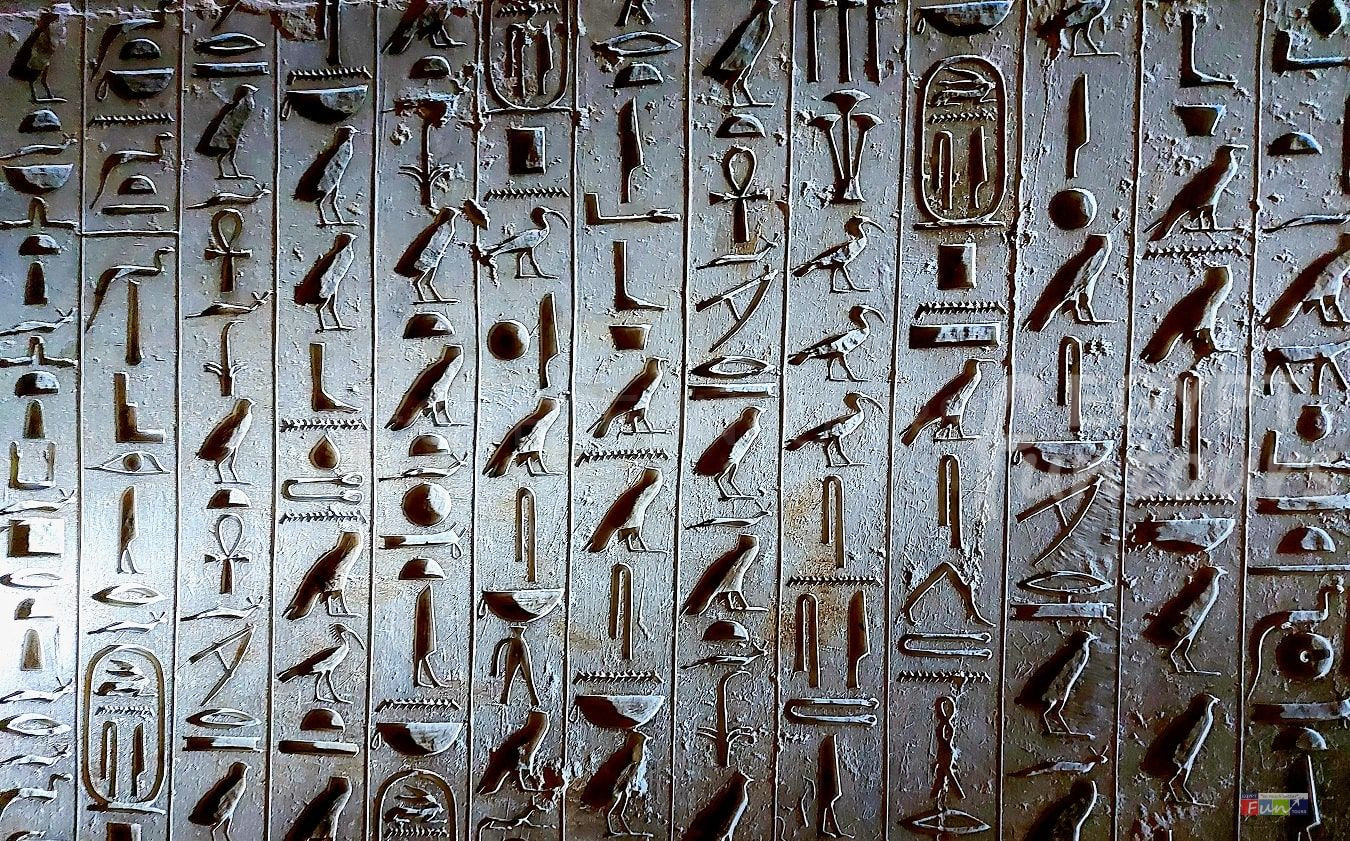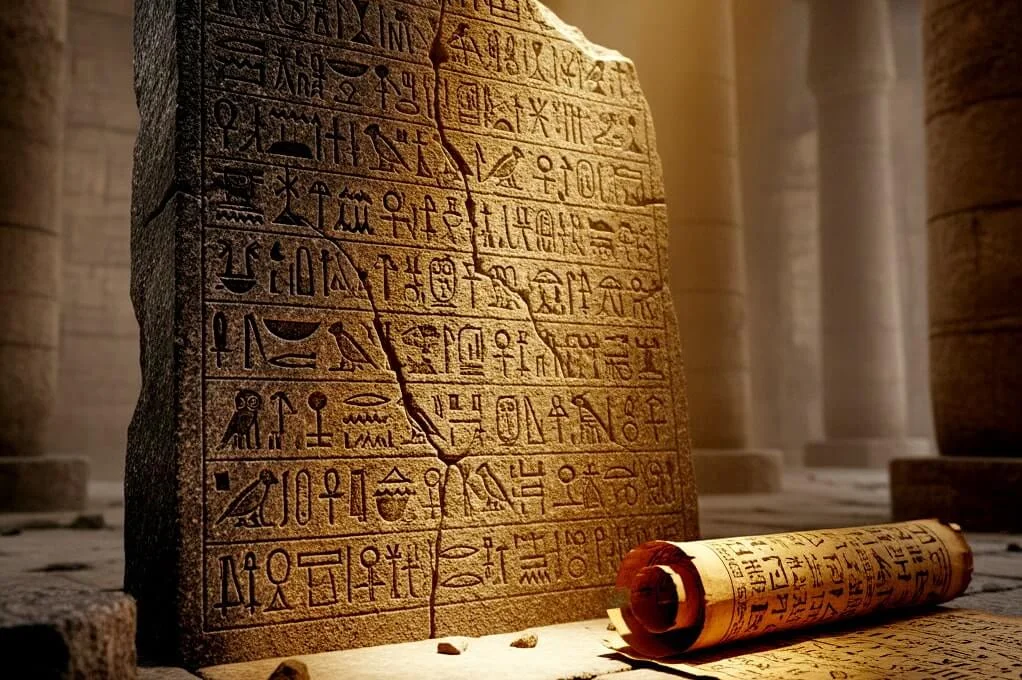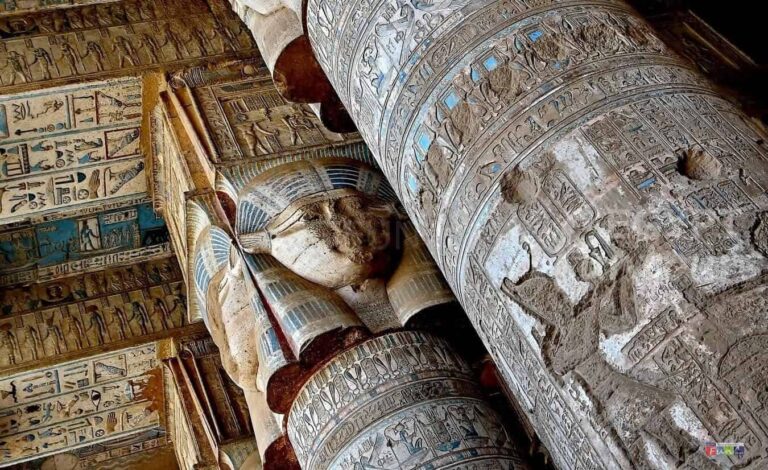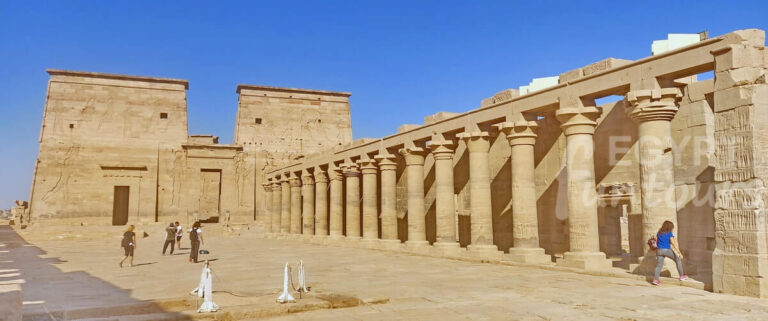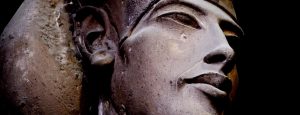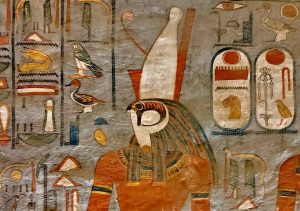Unlock the Secrets of the Pharaohs Before Your Trip
Hieroglyphs—the elegant symbols carved into Egypt’s temples—are often called the “Ancient Egyptian Alphabet.” While this is a common misconception, these signs are truly the key to unlocking the language of the pharaohs and understanding ancient civilization.
The hieroglyphic system was complex, utilizing images in three ways: as pictures of objects, as symbols for sounds, and as contextual clues. This unique system was lost for 1,500 years until the discovery of the Rosetta Stone.
Ready to uncover the mystery? We will guide you through the hieroglyphs system, provide you with the 24 key signs, and show you exactly how to spell your own name like a Pharaoh!

